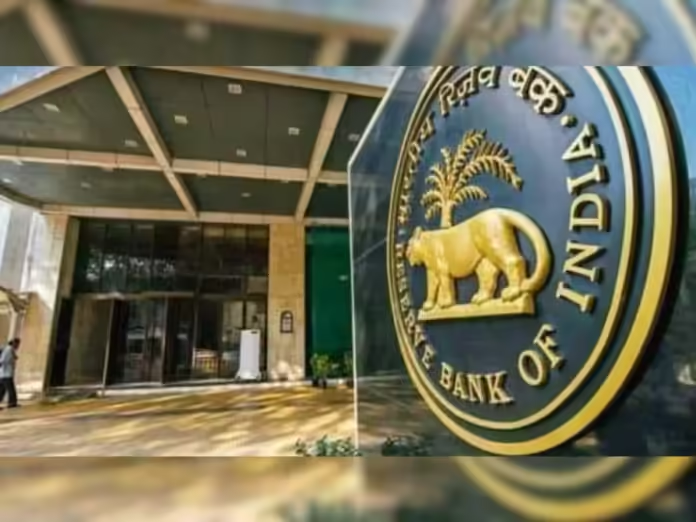The Reserve Bank of India’s (RBI) draft framework on the Capital Charge for Credit Risk – Standardised Approach, released on October 7, 2025, is set to bring notable capital relief for banks by lowering risk weights across several loan categories, according to credit rating agency ICRA.
The proposed changes are aimed at aligning risk weights more closely with actual credit risk, which could release capital for banks and support credit expansion, especially to micro, small and medium enterprises (MSMEs) and the housing sector.
Key Changes at a Glance
Under the new draft, risk weights for entities rated in the AA, BBB, and BB categories are proposed to be lowered, reducing the capital banks must set aside against these exposures. Similarly, short-term exposures rated A1 will see a reduction in risk weight.
For project finance, the RBI proposes a more granular approach — splitting exposures into pre-operational and operational phases, with an additional distinction between high-quality and non-high-quality projects. Fully operational and high-quality projects would attract the lowest risk weights.
ICRA noted that this move will “improve banks’ capitalisation profile,” allowing them to maintain healthy capital ratios even as lending expands.
Boost for MSMEs and Retail Lending
In a major positive for smaller businesses, lower-rated and unrated MSMEs are set to benefit from reduced risk weights. The RBI has also broadened the definition of regulatory retail to include MSMEs with a group turnover below ₹500 crore (earlier ₹50 crore for standalone entities).
Rated MSME exposures will continue to be treated like corporate exposures, while unrated MSMEs not meeting retail criteria will attract 85% risk weight, lower than the 100–150% range under current norms.
ICRA expects this change to “release capital and encourage banks to increase lending to MSMEs,” a sector long constrained by high-risk capital requirements.
Home Loans and Loan Against Property See Gains
For housing loans, risk weights will now depend on the loan-to-value (LTV) ratio instead of ticket size. The revised norms also extend the concessional risk weights to up to two housing loans per borrower, compared to one earlier.
The threshold for additional risk weight has been raised to ₹3 crore from ₹30–75 lakh. Overall, the segment will see risk weight reductions across LTV bands, which, ICRA said, “will free up capital and enhance banks’ competitive edge in the home loan market.”
Similarly, loans against property (LAP) where repayment comes from underlying business cash flows will carry lower risk weights — benefiting MSMEs that use property as collateral.
CRE Loans Face Higher Capital Burden
While most sectors benefit, the commercial real estate (CRE) segment faces higher capital requirements. Risk weights for builder loans and acquisition, development, and construction (ADC) exposures have been raised to 150% for non-residential CRE projects.
ICRA said, “Banks with higher builder loan exposure will be impacted the most,” as these loans will now require more capital backing.
Differentiation Among Rating Agencies
In a significant shift, the RBI will now differentiate between credit rating agencies based on their reported one-year probability of default (PD). Ratings from agencies with higher PDs will attract higher risk weights.
This means banks will likely prefer borrowers rated by agencies with lower PDs, creating competitive differentiation within the rating industry.
Balancing Expected Credit Loss Impact
According to ICRA, the overall capital release from reduced risk weights will help banks partially offset the impact of the upcoming Expected Credit Loss (ECL) framework, which is expected to increase provisioning needs.
“The draft guidelines provide a timely cushion for banks as they transition to ECL-based provisioning,” the report stated.
Industry Outlook
The changes mark another step in the RBI’s gradual reform of prudential norms, focusing on risk sensitivity and stability without constraining credit growth.
ICRA believes that the draft norms, if implemented, will strengthen banks’ capital efficiency and support lending to retail, housing, and MSME sectors — key drivers of India’s economic growth.
Analysts:
Karthik Srinivasan (Senior VP & Group Head), Anil Gupta (Senior VP & Co-Group Head), Sachin Sachdeva (VP & Sector Head), Sohil Mehta (AVP), ICRA Limited





